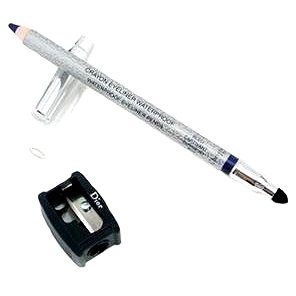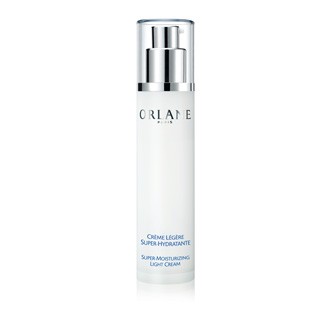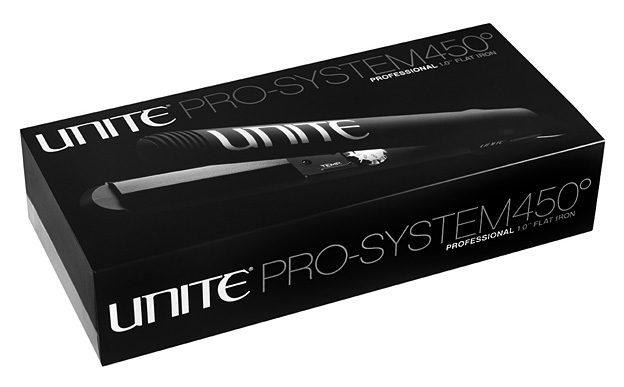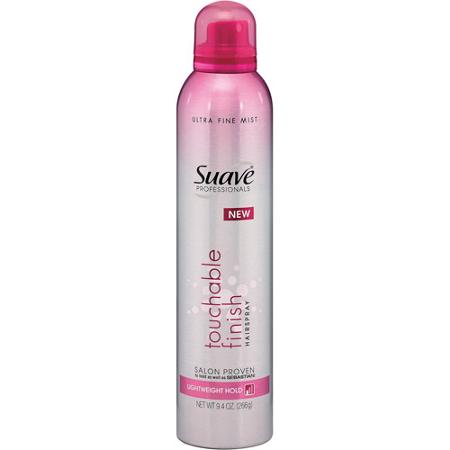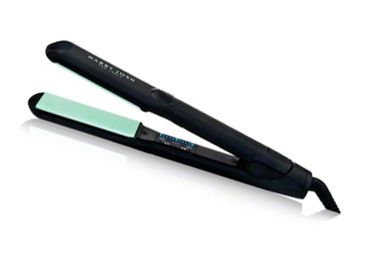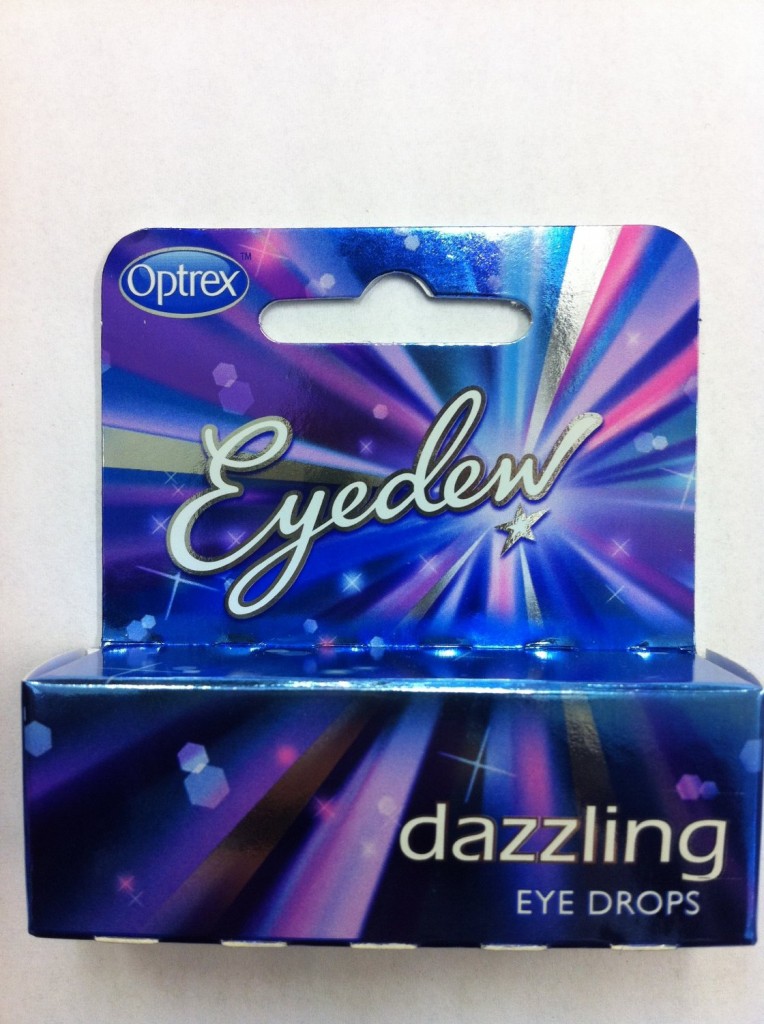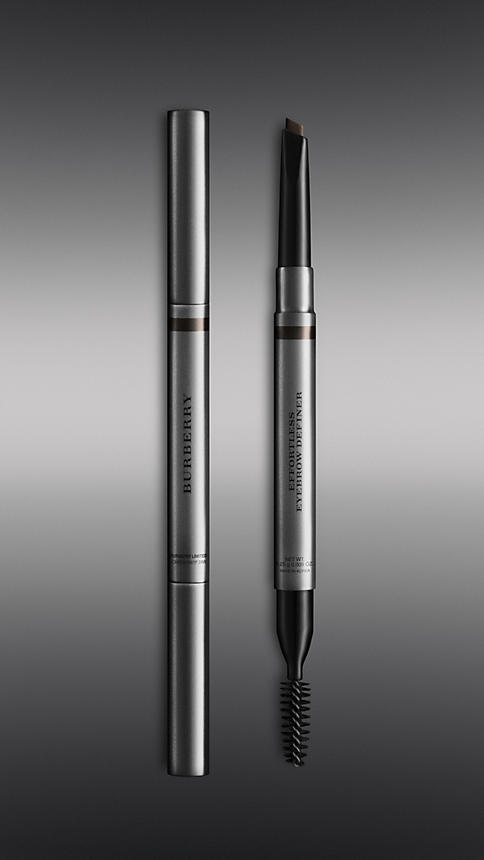 Since my post on Identity Regret, I've gotten a lot of questions on tattoo removal in general so I reached out to Dr. Jeremy Brauer to find out more about the process and everything else you need to know about getting a tattoo removed. The advancements in laser technology amaze me and yes, you really can get rid of a whole tattoo.
Since my post on Identity Regret, I've gotten a lot of questions on tattoo removal in general so I reached out to Dr. Jeremy Brauer to find out more about the process and everything else you need to know about getting a tattoo removed. The advancements in laser technology amaze me and yes, you really can get rid of a whole tattoo.
According to the American Society of Dermatologic Surgery, over 63,000 tattoo removal procedures were done in 2012 alone and since 1 in 5 American's have at least one tattoo, the number will begin to climb.
How do lasers get rid of permanent ink?
Laser tattoo removal is based on the theory of selective photothermolysis, in which the individual ink particles preferentially absorb the particular wavelength of light that is emitted by the laser. A photothermal reaction results, meaning the particle heats up and ultimately shatters. With the newest tattoo removal laser, the PicoSure, pulses of energy are delivered to the ink in a matter of picoseconds, allowing for a second effect, known as a photomechanical, or photoacoustic, effect where the ink particles literally fracture into tiny particles. The resulting broken down particles (by either method) are then eliminated by the body’s lymphatic system.
How safe is it for your body to absorb the fragments since tattoo ink isn't regulated?
This is a great point - and one few think about before, during or even after getting a tattoo. We really do not know what is injected into your skin. The FDA is charged with regulating the ink and pigments, but by their own admission, this has not traditionally been done. You can go to the same parlor on the same day, ask for the same tattoo in the same colors and could possibly have different particles injected. The most commonly reported side effects of tattoos are allergic reactions and scarring, but the process of getting the tattoo also carries the risk, however rare, of transmission of infections such as HIV and Hepatitis C.
What colors are the hardest to remove and why?
Until recently, blues and greens were amongst the most difficult colors to remove, requiring as many as 20 treatments to achieve considerable clearance. Fortunately, those colors have now become amongst the easiest to treat using the novel picosecond 755nm PicoSure laser. Now I’d say it would be the white and skin tone pigments, because of a phenomenon known as paradoxical darkening, in which those colors turn the tattoo a dark gray instead of improving.
Is it really possible to fully remove a complete tattoo?
Yes. It is important to establish realistic expectations when discussing tattoo removal. The skin has been altered in the area that the tattoo was placed, and where it will be treated by laser. When we discuss “complete” clearance, sometimes a “shadow” may still be evident in the area. A better way to think of it is that at a quick glance one may not notice a tattoo was once present, but if you look closely enough one may be able to tell that something was previously present.
What should one expect when going in for treatment?
In general, in our practice, a photograph is taken at the first visit and every visit thereafter before treatment. The area is then anesthetized with local administration of lidocaine and epinephrine, unless otherwise contraindicated. From this point forward the session should be pain free. The laser treatment is then performed, usually in a matter of minutes, followed by application of Aquaphor healing ointment and a bandage.
After a laser session, what should a patient expect from the treated area?
Immediately after the tattoo is treated there will be a whitening effect that typically fades after about twenty minutes. The area may be red and swollen, and possibly bruised. This area may also blister and crust over before healing. During this time Aquaphor should be applied and covered with a bandage.
How long should they wait between sessions and why?
Session frequency is dependent upon several factors. Most importantly is the patient, and their experience after a treatment. The individual’s skin tone as well as how the tattoo looks after each treatment, and whether they experienced any side effects can influence how often we choose to treat. At a minimum tattoos are typically treated no sooner than four weeks apart, but can be treated as infrequently as every eight weeks or more, depending also on the patient’s schedule.
Are there side effects to tattoo removal?
When discussing the risks of the procedure, it is important that one understands the risk of scarring, increasing and decreasing the pigment both of the skin containing the tattoo as well as the skin immediately adjacent to the area to be treated.
How are different skin tones affected by the laser? Does it work on everyone?
These lasers have developed to preferentially target pigment, say instead of blood vessels. This includes pigment from tattoos as well as naturally occurring pigment, and is the reason why a potential side effect is disruption of the normal pigment in the skin. The greater the contrast between the tattoo and surrounding skin, usually the lower the risk. Lasers can work on individuals of all skin types, but it is extremely important that the right device as well as parameters are selected and technique performed.
How is PicoSure different from other tattoo removal lasers?
The biggest difference between the PicoSure and other lasers is the pulse duration, or the amount of time the laser is emitted and able to be absorbed by the target – the tattoo particles. It is though that this particular pulse duration allows for destruction of the ink particles in a novel fashion, by fracturing them into even tinier fragments, making for easier absorption and elimination by the body. Additionally a shorter pulse duration means that there is less time for the surrounding, uninvolved skin to be damaged by energy that might escape beyond its intended target.






![Sabrina Bedrani Headshot 2014[1]](http://static1.squarespace.com/static/5511d6aae4b0feb7d038fe4f/55490258e4b09f4fd52dc6ed/55490690e4b09f4fd52ebde4/1430849168171/Sabrina-Bedrani-Headshot-20141.jpg?format=original)

